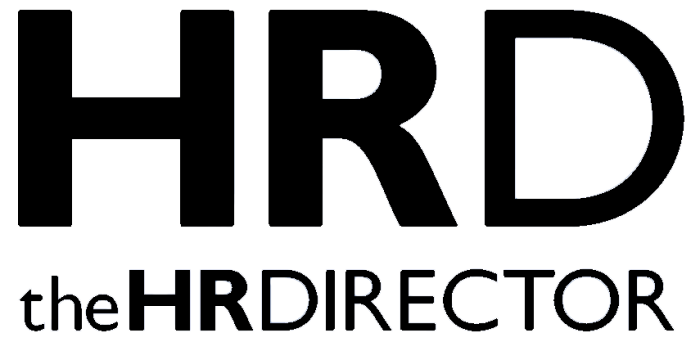Why employee well-being matters more than ever
The connection between employee well-being and business performance is well established. Studies consistently show that teams with high well-being levels demonstrate improved productivity, reduced turnover, and greater engagement. The post-pandemic era has further amplified the urgency, as many employees are grappling with blurred boundaries between work and life, digital fatigue, and isolation.
As a result, organizations are shifting from traditional performance management models to people-centric approaches that prioritize holistic health. Within this shift, HR leaders are leveraging data to better understand and respond to employee needs – and that’s where modern monitoring tools can play a pivotal role.
Misconceptions around monitoring tools
Despite their potential, employee monitoring tools are often met with skepticism. Concerns about surveillance, micromanagement, and privacy invasion are not uncommon. These fears, while valid, usually stem from poor implementation and a lack of transparency.
The reality is that monitoring tools, when designed and used ethically, serve not as instruments of control, but as tools for support. Rather than tracking every keystroke, modern solutions focus on broader productivity patterns, enabling organizations to identify risks and intervene before they escalate into major issues.
The role of transparency in ethical monitoring
Transparency is the cornerstone of ethical employee monitoring. This involves clearly communicating the purpose of monitoring, specifying what data is collected, and ensuring employees have access to their own data.
When employees are informed and empowered, trust grows. They are more likely to see monitoring as a mutually beneficial tool rather than an invasive tactic. Transparent practices can include:
- Involving employees in setting up monitoring protocols
- Creating policies that outline data usage
- Offering opt-in features and personal dashboards
Organizations that prioritize transparency not only comply with data protection regulations but also foster a culture of openness and accountability.
Identifying workload imbalances through monitoring
One of the key advantages of monitoring tools is their ability to surface workload disparities. By analyzing activity patterns, time spent on tasks, and break frequency, HR and management teams can identify employees who are overburdened or at risk of burnout.
For instance, consistent late work hours or lack of break time may signal an unsustainable workload. Early identification allows for timely interventions such as redistributing tasks, adjusting deadlines, or encouraging time off – all of which contribute to well-being.
Monitoring software as a wellness ally
Modern monitoring platforms increasingly incorporate features aimed at enhancing wellness. These include:
- Alerts for excessive screen time or lack of breaks
- Productivity trend reports to flag irregularities
- Integration with wellness platforms and mood-tracking tools
- Customizable notifications promoting work-life balance
Such tools empower managers to support team members proactively and enable employees to self-regulate their work habits. Framed correctly, employee monitoring software becomes a partner in performance and well-being, not a source of stress.
Aligning with industry best practices and regulations
Ethical monitoring must also align with legal frameworks such as the General Data Protection Regulation (GDPR) and guidance from bodies like the Information Commissioner’s Office (ICO). These regulations emphasize data minimization, employee consent, and clear communication.
Many monitoring solutions support compliance by offering features that prioritize transparency, consent, and control. From privacy settings to detailed audit trails, such platforms help organizations implement monitoring in a legally sound and ethically robust manner.
Guidelines for HR leaders: implementing transparent monitoring
For organizations considering or currently using monitoring tools, the following steps can ensure a transparent, ethical, and effective implementation:
- Develop clear policies:Define the purpose of monitoring, what data will be collected, and how it will be used.
- Involve employees:Gather input and feedback from staff during the planning and rollout phases.
- Communicate consistently:Maintain open channels for dialogue and provide access to personal data dashboards.
- Train managers:Ensure that those interpreting data do so with empathy and context.
- Review regularly:Monitor the impact of monitoring itself and adjust practices based on feedback and outcomes.
The future of employee monitoring: what to expect
The future of employee monitoring will be defined by personalization, integration, and predictive analytics. We can expect tools to move beyond passive tracking toward proactive support systems that anticipate employee needs. AI-driven insights will help managers detect signs of disengagement or burnout early, enabling targeted interventions before issues escalate.
Monitoring will increasingly integrate with other business systems, from project management platforms to wellness apps, creating a holistic picture of team health and performance. Employees will have greater control over their data, with user-centric dashboards and customizable settings becoming standard. Most importantly, the focus will shift from surveillance to empowerment, using technology to promote self-awareness, balance, and sustainable productivity.
Employee monitoring, when approached with transparency and empathy, can be a powerful tool for supporting well-being. Far from being a threat, it can enable early intervention, promote healthy habits, and foster a culture of trust.
The future of monitoring lies in collaboration, not control. By aligning tools and practices with the values of transparency, fairness, and care, organizations can harness data not just to measure performance – but to meaningfully enhance the lives of their people.









